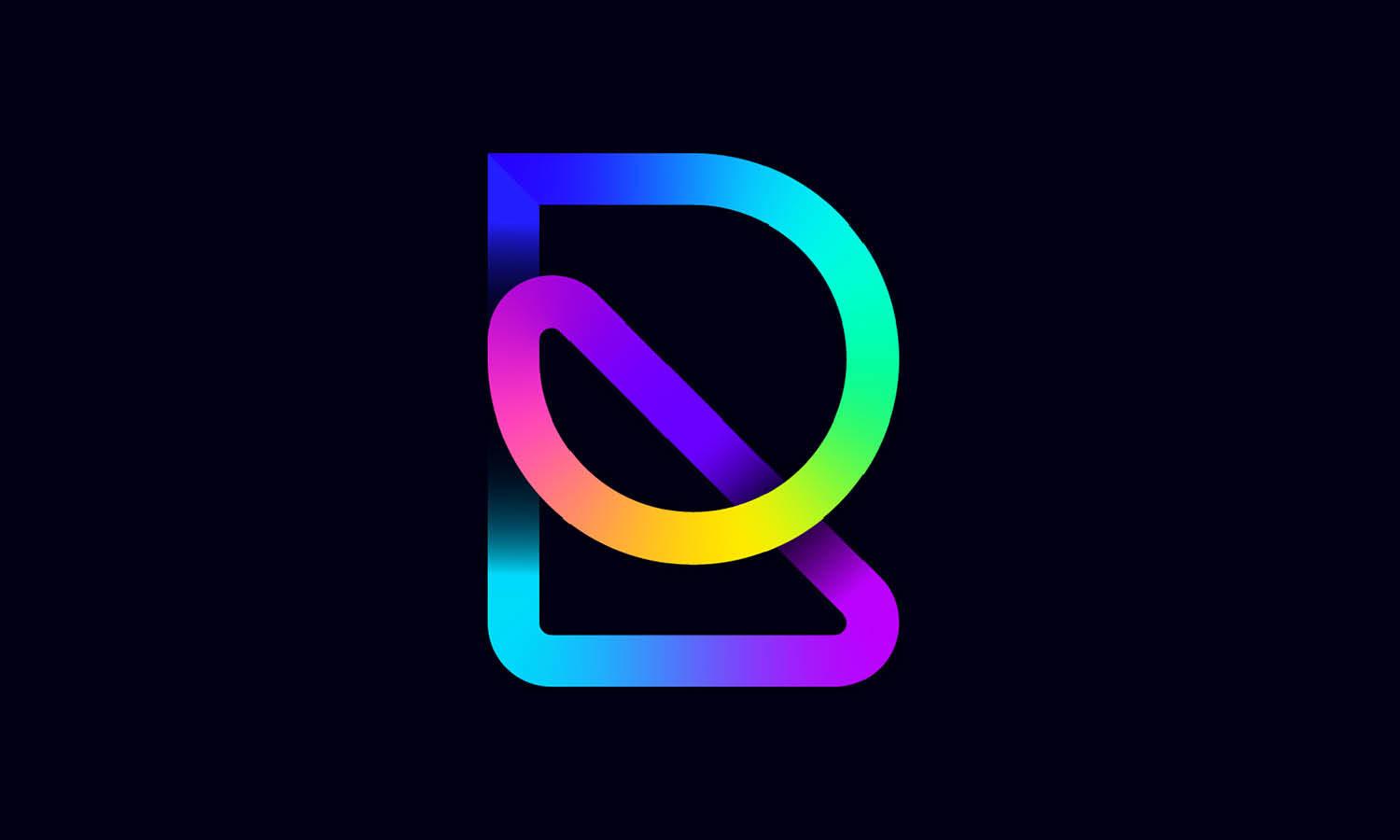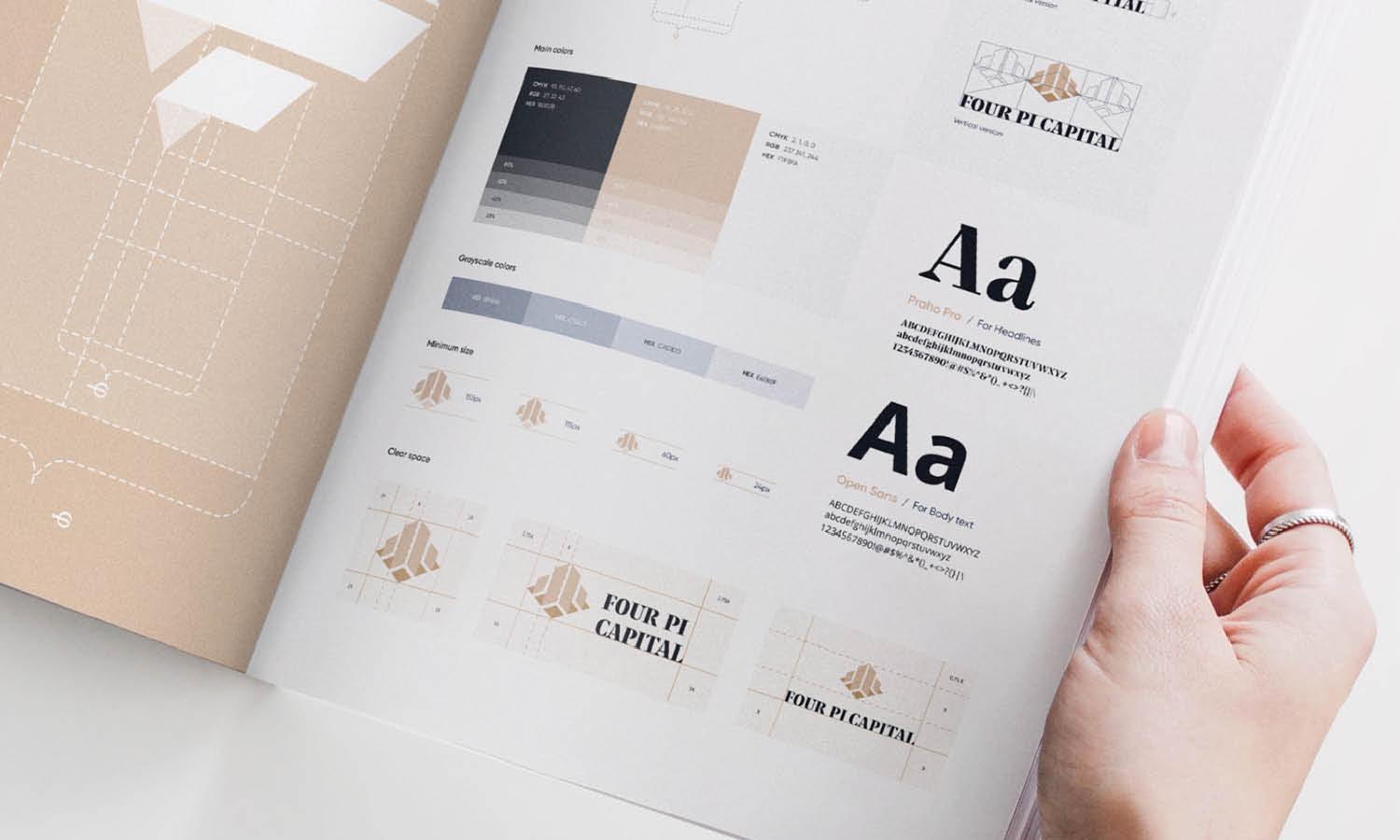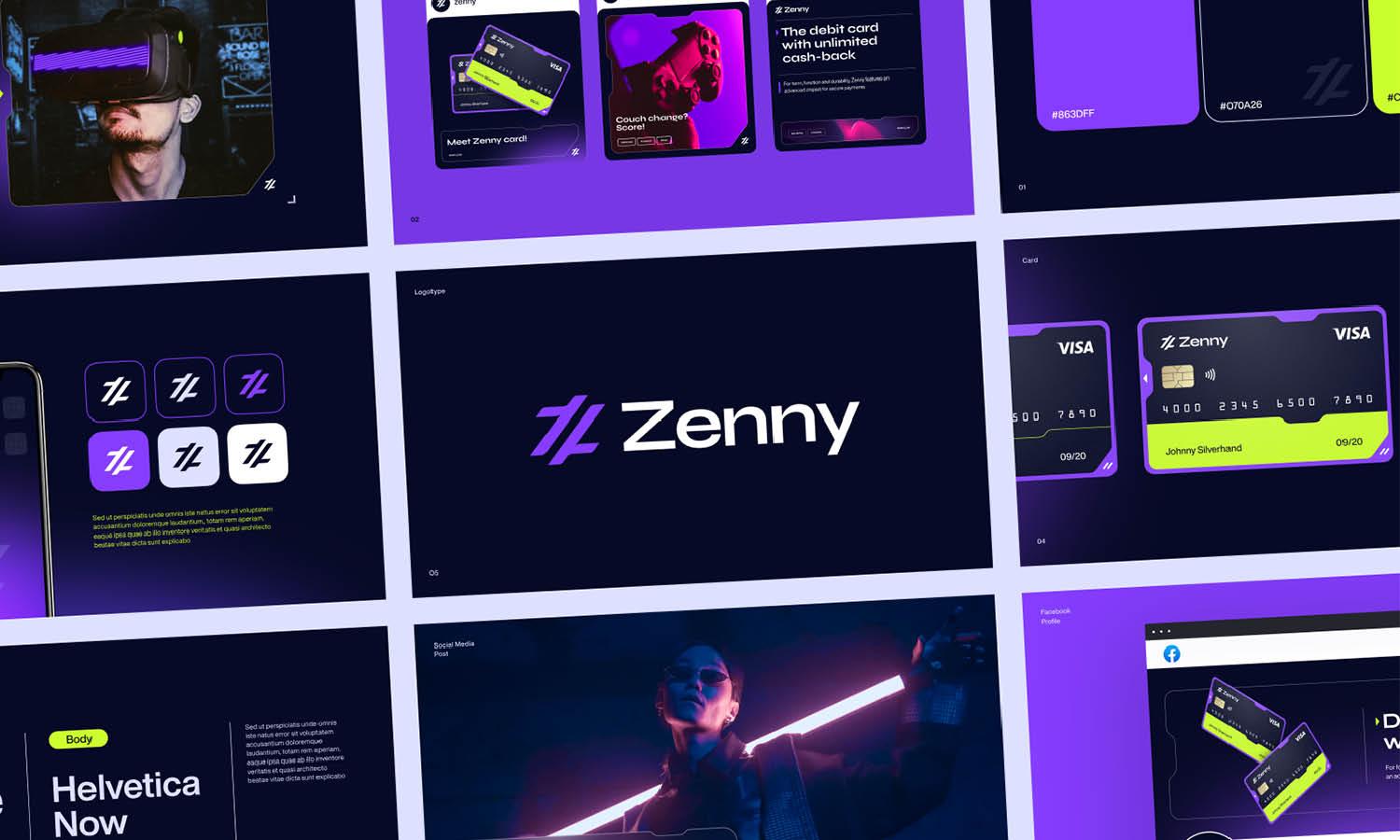Complete Guide: Create A Successful Logo Design

Source: Felix Baky, ParkWise Logo Deign & Brand Identity, Behance, https://www.behance.net/gallery/214883707/ParkWise-Logo-design-Brand-Identity
Creating a successful logo design is an essential step in building a strong brand identity that resonates with your target audience and stands out in a competitive market. A well-designed logo acts as the face of a company, communicating its values, and establishing a visual connection with consumers. The process involves a strategic blend of artistic creativity and marketing knowledge, ensuring that the logo not only looks appealing but also conveys the brand's message effectively.
Whether you are a startup looking to make your mark or an established company aiming to refresh your image, understanding the principles of successful logo design is crucial. This guide will explore the key aspects of designing a logo that captures the essence of your brand and connects emotionally with your audience. From defining your brand's identity and incorporating color psychology to selecting the right typography and ensuring scalability, each step is vital to creating a logo that not only looks professional but also has a lasting impact. Dive into the nuances of successful logo design and learn how to create a symbol that truly represents your brand.
Define the Brand Identity
Defining the brand identity is the first critical step in creating a successful logo design. A logo is not just a visual mark; it is a symbol that encapsulates the essence, values, and distinctiveness of a brand. To effectively define a brand's identity, start by engaging with the core values that the company stands for. These values should resonate through every aspect of the business and directly influence the logo’s design.
Next, articulate the brand’s mission and vision statements. These will provide a clear direction for what the brand aspires to achieve and how it intends to impact its customers and the market. Understanding these elements can significantly influence the design process by aligning the logo with the brand's long-term goals.
Another crucial aspect is knowing the brand's unique selling proposition (USP). What makes the brand different from its competitors? This differentiation should be reflected in the logo to ensure that it not only attracts attention but also communicates uniqueness.
Lastly, consider the brand’s personality. Is it more formal or casual? Innovative or traditional? The personality will guide the mood and tone of the logo, making it a true representation of the brand’s character. By comprehensively understanding these facets, designers can create a logo that not only looks appealing but also tells the brand’s story, making it a cornerstone of successful logo design.
Choose a Design Style That Reflects the Brand
Choosing a design style that reflects the brand is a pivotal component of successful logo design. The style of the logo should mirror the brand’s personality, message, and audience preferences, creating an instant connection with its viewers. When selecting a style, consider the brand’s core attributes and how they translate into visual elements.
For instance, a brand that values tradition and reliability might opt for a classic design style, using strong, timeless fonts and simple icons that convey stability and trustworthiness. Conversely, a tech startup might benefit from a modern or minimalist style that uses clean lines and vibrant colors to reflect innovation and efficiency.
Incorporating the brand’s culture into the design style is also essential. This could mean integrating cultural symbols, motifs, or color schemes that resonate with the target audience, enhancing the logo’s relevance and appeal. Furthermore, the chosen style should be flexible enough to evolve with the brand while maintaining its core characteristics, ensuring longevity and adaptability in various contexts.
Finally, the design style should stand out in the crowded market space. It needs to be distinctive yet appropriate, capturing the essence of the brand and distinguishing it from competitors.
Incorporate Color Psychology
Incorporating color psychology is a fundamental aspect of crafting a successful logo design. Colors play a pivotal role in how a brand is perceived by its audience. Each color evokes specific emotions and associations, influencing consumer behavior and brand recognition. Understanding color psychology can greatly enhance the effectiveness of a logo.
The choice of colors should align with the brand’s messaging and the emotions it aims to provoke. For instance, a luxury brand might choose black or gold to convey sophistication and exclusivity. Meanwhile, a children’s toy company might opt for bright, primary colors to appear fun and engaging.
It’s also important to consider cultural differences in color perception as colors can have varying meanings across different regions. What works in one culture may not translate effectively in another. Finally, consistency in color usage helps in reinforcing brand identity. Consistent use of a specific color palette across all branding materials can enhance memorability and recognition.

Source: Simonas Kotovas, Arctrade Logotype, Dribble, https://dribbble.com/shots/23181718-Arctrade-logotype
Select Typography Carefully
Selecting typography carefully is essential in successful logo design, as the choice of font can significantly affect a brand’s image. Typography communicates not just content but also mood and style, making it crucial to choose a typeface that embodies the brand’s personality and values.
When choosing typography for a logo, consider the readability of the font at various sizes and across different media. A good logo font should be legible in both large displays and smaller, compact formats like business cards or mobile devices. The font should also be scalable, maintaining its integrity and impact when adjusted for size.
The style of the typeface should align with the brand’s overall aesthetic and target audience. For instance, a tech company might lean towards a clean, sans-serif font to convey modernity and simplicity, while a law firm might select a more traditional serif font to suggest reliability and professionalism.
It’s also important to consider the uniqueness of the typography. Custom fonts can help a logo stand out and ensure it remains distinctive in a crowded market. However, if opting for a pre-existing typeface, choose one that is not overly used or clichéd to avoid blending in with competitors.
Prioritize Simplicity and Memorability
Prioritizing simplicity and memorability is key to creating an effective brand symbol, a simple logo design does not just mean minimalistic; it means crafting a logo that is easily recognizable and effortlessly understood by the audience. This approach ensures that the logo remains memorable and can be easily recalled by consumers, which is crucial for brand recognition.
The most iconic logos are often the simplest—think of the Apple logo or Nike's swoosh. These designs stand out not because they are complex, but because they use clean lines and limited elements to convey their brand’s identity. A simple logo also offers the advantage of versatility, being easily adaptable across different mediums and sizes without losing its essence.
Furthermore, simplicity in logo design aids in longevity. A logo that avoids trendy graphics or fonts is more likely to remain relevant and effective over time, providing consistent brand representation as market trends evolve.
Designers aiming for successful logo design should focus on stripping down the logo to its fundamental components. This might involve using a single design element that encapsulates the brand’s message or limiting the color palette to enhance recognizability. Ultimately, a simple and memorable logo can become a powerful tool in building a strong and lasting brand presence.
Use Symbols Thoughtfully
Using symbols in successful logo design involves more than just choosing an appealing image; it requires a deep understanding of the brand's core message and the emotions the brand aims to evoke. Thoughtful incorporation of symbols can significantly enhance a logo's effectiveness by embedding deeper meanings that resonate with the audience.
Symbols serve as powerful tools to communicate complex ideas succinctly and effectively. For example, a tree might represent growth and sustainability, making it a suitable symbol for environmental organizations. Similarly, a shield can convey protection and reliability, often used by security firms. The key is to ensure that the symbol aligns with the brand’s values and objectives, reinforcing the overall brand message.
To successfully use symbols in logo design, consider their visual appeal and the ease with which they can be integrated into a broader design scheme. They should complement the text, if present, and work well across various applications and sizes. Thoughtful use of symbols can transform a simple logo into a compelling narrative piece, enhancing emotional engagement and brand loyalty.
Test Various Layouts and Configurations
Testing various layouts and configurations is an integral step in achieving a successful logo design. This process allows designers to explore different ways a logo can be presented, ensuring it is versatile and effective across all platforms. A well-designed logo must maintain its impact and readability whether it is displayed on a large billboard, a tiny mobile app icon, or anything in between.
The flexibility of a logo's layout is particularly important in today's digital age, where a brand’s visual identity must adapt to multiple mediums. By testing various configurations, designers can determine the best layouts that uphold the logo’s integrity across diverse formats. This might involve creating horizontal, vertical, and square versions of the logo.
Designers should experiment with the logo’s scalability. This includes checking if the logo maintains its clarity when scaled down to smaller sizes, a common requirement for social media icons and favicons. Conversely, it should also look good when scaled up for use in larger formats, such as signage or promotional materials.
Testing should also account for different background colors and applications. A successful logo design will remain effective and recognizable regardless of the background it’s placed on, ensuring the logo can be used seamlessly in various marketing materials without losing its identity.

Source: Ana Couto, Natura & Co - Marca Corporative, Behance, https://www.behance.net/gallery/214975975/Natura-Co-Marca-Corporativa
Ensure Timelessness in Design
Ensuring timelessness in design is crucial for a successful logo design that aims to stand the test of time. A timeless logo remains effective and relevant regardless of changing trends and market conditions, providing consistent brand recognition over the years. Achieving this involves focusing on simplicity and avoiding overly trendy elements that may become dated quickly.
A timeless design adheres to classic principles of design such as balance, contrast, and unity. These principles help create a logo that is not only visually appealing but also clear and functional. Designers should opt for clean, uncluttered layouts that emphasize the essential features of the logo without relying on gimmicks or complex graphics.
The choice of colors and typography also plays a significant role in ensuring a logo’s timelessness. Neutral colors and simple, strong typefaces typically have more staying power than highly stylized fonts and loud, vibrant colors that might fall out of fashion.
By prioritizing timelessness, businesses can avoid the need for frequent redesigns, maintaining a consistent brand identity that fosters long-term trust and loyalty among customers. A timeless logo becomes a vital asset to the brand, significantly contributing to its success and longevity in the marketplace.
Gather Diverse Feedback
Gathering diverse feedback is a critical step in the process of creating a successful logo design. By soliciting opinions from a variety of sources, designers can gain valuable insights that may not have been evident during the initial design phase. This feedback can come from internal team members, stakeholders, potential customers, and industry experts, each offering unique perspectives on the logo's aesthetics, functionality, and overall impact.
Incorporating a range of viewpoints helps ensure the logo appeals to a broad audience and effectively communicates the brand’s intended message. For example, potential customers can provide insights into how the logo is perceived from an outsider's perspective, which is crucial for assessing its effectiveness in real-world scenarios.
Feedback should be structured and targeted. Specific questions about the logo's colors, typography, and symbolism can elicit useful responses that are actionable. Designers should be open to constructive criticism and ready to make iterative adjustments based on this feedback to refine the logo.
By gathering and thoughtfully considering diverse feedback, designers can enhance the quality and success of the logo design, ensuring it not only looks good but also performs well across all intended applications and resonates with the target audience.
Check for Legal Availability
Checking for legal availability is an essential step in ensuring a successful logo design. Before finalizing any logo, it’s crucial to conduct a thorough trademark search to verify that the design does not infringe on existing trademarks. This process protects the brand from potential legal disputes and ensures that the logo is unique and legally defensible.
The trademark search should be comprehensive, covering not only national databases but also international ones if the brand plans to operate or expand globally. This search typically involves various elements of the logo, such as graphic symbols, logotypes, and unique color combinations. Consulting with a trademark attorney can provide valuable assistance in navigating the complexities of trademark law.
In addition to checking for direct copies, it’s important to look for similar designs that could be confused with the new logo. Even unintentional similarities can lead to legal challenges and confusion in the marketplace, undermining the brand's identity and effectiveness.
Once a thorough search has confirmed that the logo is legally clear, registering the trademark is a wise step to protect the brand's visual identity. Trademark registration grants exclusive rights to use the logo in connection to the goods and services specified in the registration, preventing others from using a similar mark.
Conclusion
Creating a successful logo design is more than just an artistic endeavor; it's a strategic effort that defines a brand's identity and communicates its values to the world. By focusing on simplicity, versatility, and memorability, and incorporating thoughtful color choices, typography, and symbols, designers can craft logos that not only capture the essence of a brand but also resonate with its target audience. Remember, the ultimate goal is to build a timeless symbol that enhances brand recognition and fosters trust. With careful planning, creativity, and attention to legal considerations, your logo can effectively represent your brand's vision and leave a lasting impact.
Let Us Know What You Think!
Every information you read here are written and curated by Kreafolk's team, carefully pieced together with our creative community in mind. Did you enjoy our contents? Leave a comment below and share your thoughts. Cheers to more creative articles and inspirations!
















Leave a Comment